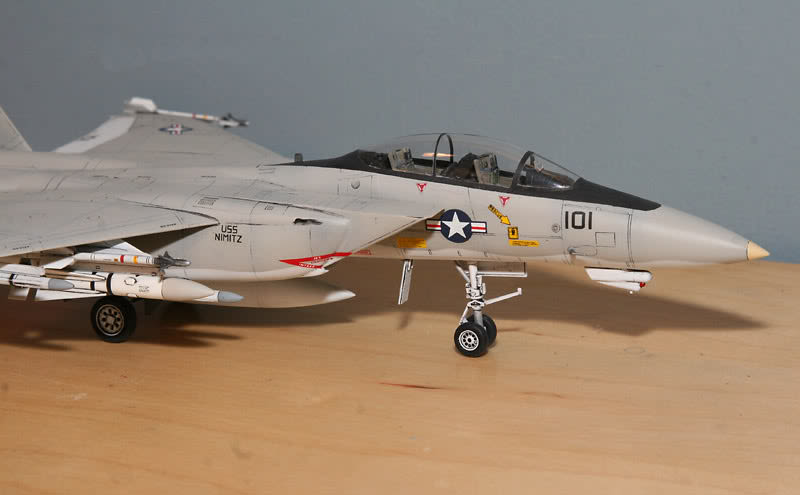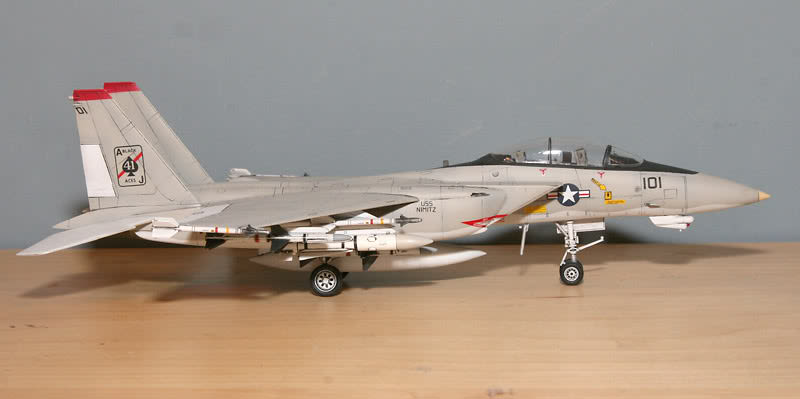Grumman’s F-14 was the endpoint of a long, torturous path to equip the Navy’s aircraft carriers with a high-speed, long range interceptor to defend against Russian bombers and their anti-carrier missiles. Initially planned to be the General Dynamics/Grumman F-111B, the failure of that airplane forced the Navy to request new submissions. Grumman’s submission to the new TFX program also included swing wings, but was an entirely new design. Grumman made the decision to incorporate as many technologies developed for the SeaPig as possible into the F-14, and that included the TF-30 engines, which proved to be inappropriate for a fighter. Though powerful enough to propel the F-14 to Mach 2.3, the TF-30 were sensitive to rapid throttle movement, and prone to compressor stalls at high angle of attack, which could send the fighter into an upright or inverted spin, both of which were deadly. The engines were also prone to failures of the turbine blades, which led to Grumman having to reinforce the engine nacelles to limit damage. Still, fully 28% of F-14 accidents could be traced to the engines.
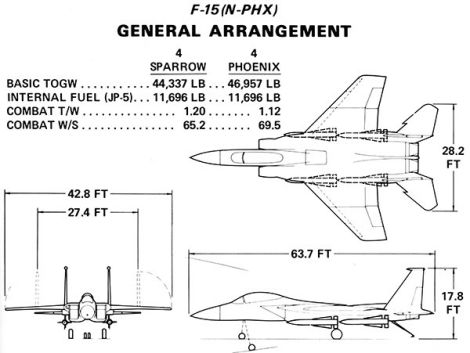
With this in mind, McDonnell Douglas in 1971 offered a “navalized” version of its new F-15 air superiority fighter, still under development, to the USN. Modifications for the F-15N included a wing hinge, proper arresting hook and strengthened landing gear. Even with the weight imposed by these changes, the F-15N was expected to still be able to outmaneuver the F-14. What the initial proposal did not include were the AIM-54 Phoenix missiles or the AN/AWG-9 radar needed to aim and fire them. A study by the US Navy included adding the radar and AIM-54s, but the resulting aircraft would have weighed 10,000lbs more than a standard F-15A, erasing any advantage the Sea Eagle might have had. McDonnell Douglas, along with Hughes Aircraft, maker of the AIM-54 and the radar, worked up a proposal to modify the F-15s AN/APG-63 radar to interface with the AIM-54.
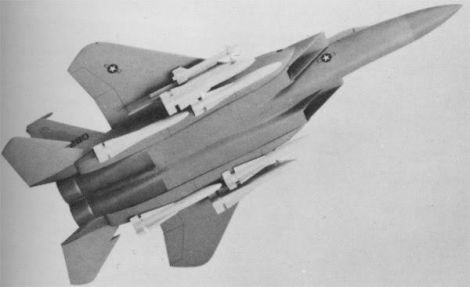
A Senate subcommittee began to study the proposal in 1973, and was later expanded to include a stripped F-14 variant and an upgraded F-4. A fly-off between the F-14A and F-15N was brought up, but was never held.
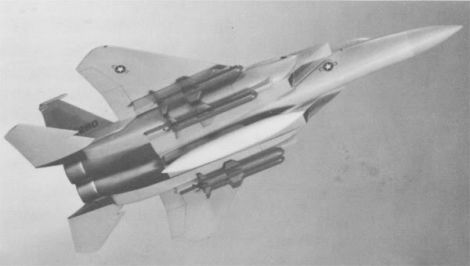
The Navy ultimately stuck with the F-14, and with time and upgrades, including new GE F110 engines, the F-14A+ (later F-14B) and F-14D proved that the Tomcat was a capable aircraft. The Senate hearings did lead to the formation of Navy Fighter Study Group IV, which, through the second VFAX program, birthed the F/A-18 Hornet.
